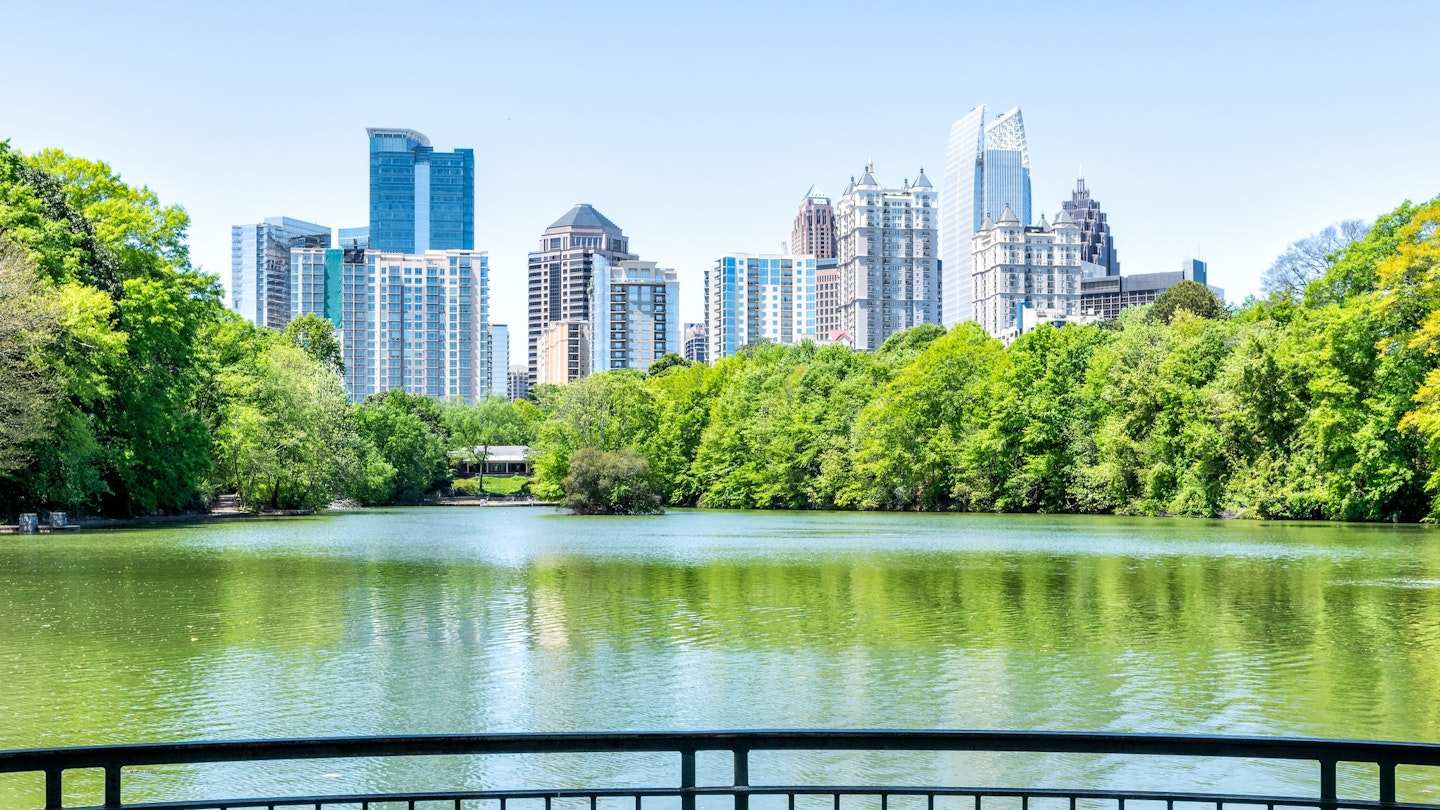Atlanta has always been an electrifying city, but in the last 20 years, it has morphed itself into a cultural capital of not only the South but also the United States.
The city is currently experiencing one of its greatest population booms, yet it hasn’t forgotten its roots. Outdoor dining patios of trendy restaurants overlook historic cemeteries while murals of civil rights icons dominate the landscape. Atlanta’s downtown is home to Coca-Cola – the world’s ubiquitous soft drink, created in Atlanta in 1886 – alongside one of the country’s largest urban redevelopment projects, the Beltline trail.
There’s no single reason why Atlanta is a popular destination; moreover, there’s truly no bad time to visit. Select the ideal time for your trip to Atlanta with this seasonal guide focusing on crowds, events, and climate.
Peak Season: Hot and Humid但 Full of Fun
From May through August, which marks the transition from late spring to full summer, Atlanta experiences its busiest tourist season. The city comes alive with many of its largest annual events, including the Dogwood Festival in Piedmont Park, May’s Shaky Knees music festival in Central Park, a large Juneteenth parade and music festival, and Dragon Con in late August. The longer days and hot, humid daytime temperatures often reach 90°F, blending beautifully into warm 70°F nights full of nightlife. Consequently, expect higher hotel prices and larger crowds during this period.

Fall: An Ideal Time to Visit
When local schools begin their academic year in early August, the vibrant summer events gradually transition to a more relaxed atmosphere. By September, Atlanta locals eagerly anticipate the temperatures to drop by 10 to 15°F, settling into an average in the mid-80s°F. As the humidity starts to ease, the city feels rejuvenated by the cooler weather.
College football season reigns during fall, filling stadiums and local bars with fans eager to support their teams. Families often embark on trips to the north Georgia mountains to pick apples and capture fall memories. Additionally, gatherings take place in backyards around fire pits. While the peak tourist season has concluded, local events such as Atlanta Pride weekend in October – which attracts around 300,000 people for celebrations – mean the fall season offers lighter crowds.

Budget Travelers: January to April
After the bustling winter holiday season, the slowest tourist period arrives in Atlanta. While visitors from northern states might not find the 40°F temperatures too cold, residents here may still express that it feels quite chilly. During this season, outdoor events are sparse, leaving ample opportunities for indoor activities. A winter visit proves ideal for budget travelers; hotels typically offer their most competitive rates during these quieter months.
As March and April roll in, temperatures start to warm, reaching highs in the 60s°F and 70s°F. Atlanta neighborhoods bloom with color on tree-lined streets, even as a thick blanket of pollen settles in. The city unofficially kicks off the outdoor season with lively celebrations and DJs on April 4 during 404 Day, an homage to the city’s primary area code.
This content showcases the ideal times to experience the vibrant culture and events Atlanta has to offer. Whether you prefer the lively summer or the serene fall, planning your trip around these tips will lead to an unforgettable Atlanta adventure.




